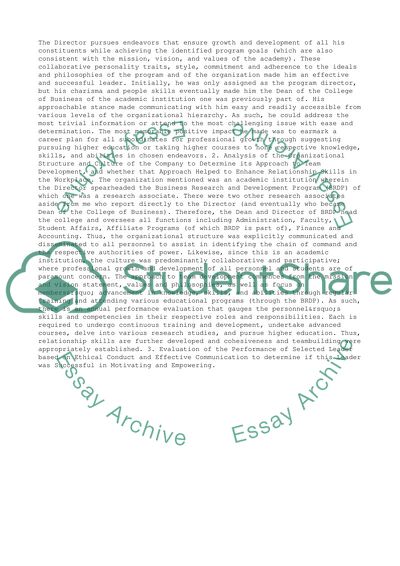Cite this document
(The Leadership Style of a Senior Executive Assignment, n.d.)
The Leadership Style of a Senior Executive Assignment. Retrieved from https://studentshare.org/management/1479579-assignment
The Leadership Style of a Senior Executive Assignment. Retrieved from https://studentshare.org/management/1479579-assignment
(The Leadership Style of a Senior Executive Assignment)
The Leadership Style of a Senior Executive Assignment. https://studentshare.org/management/1479579-assignment.
The Leadership Style of a Senior Executive Assignment. https://studentshare.org/management/1479579-assignment.
“The Leadership Style of a Senior Executive Assignment”, n.d. https://studentshare.org/management/1479579-assignment.


